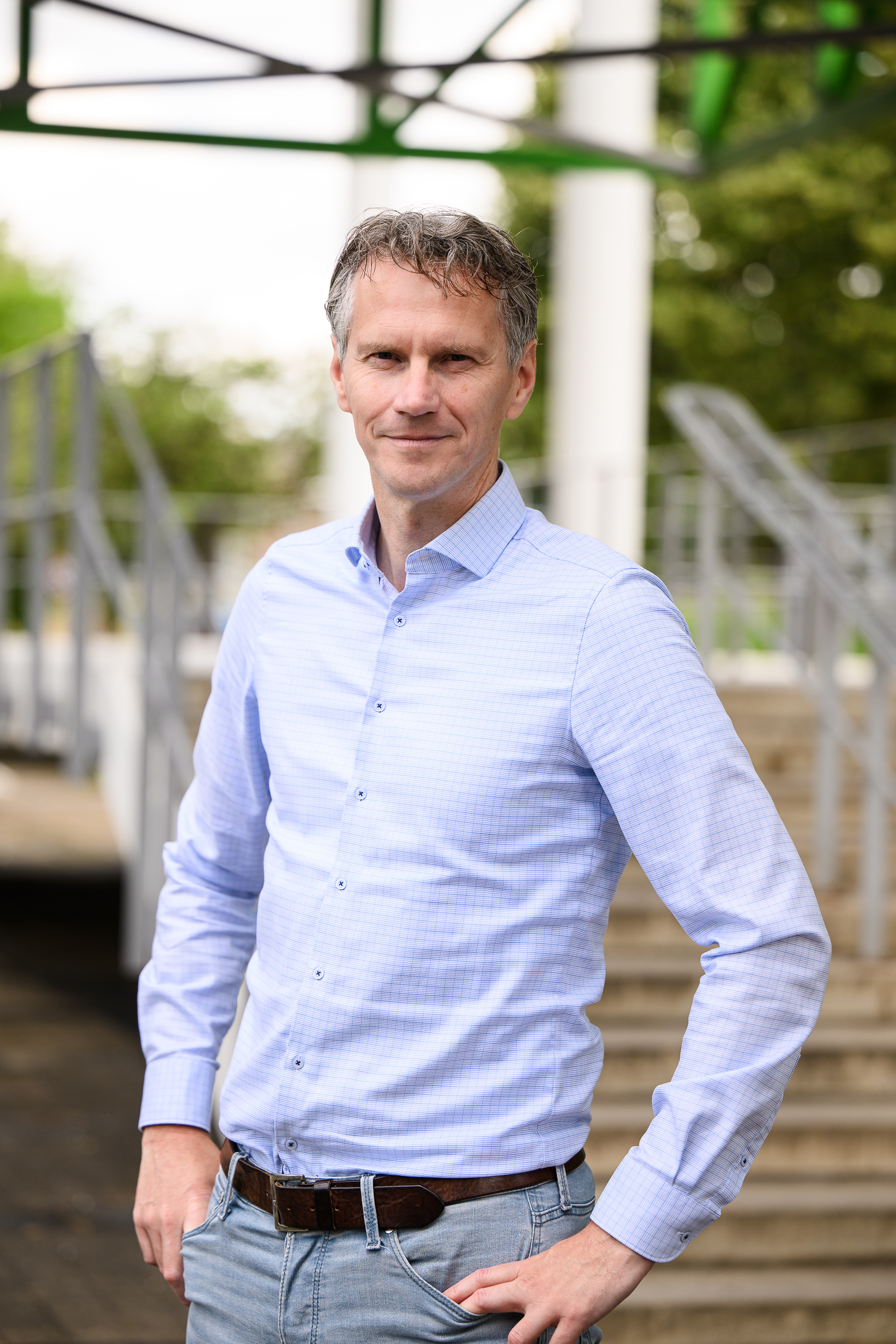The Einstein Telescope as a driver for European technological strength and cooperation
The report Valorisation Perspective Einstein Telescope shows how much potential lies in the technologies being developed for this groundbreaking telescope. Not only are they essential to the project itself, but other sectors can also benefit. In this way, the Einstein Telescope contributes to a stronger, more autonomous position for Europe in the world. We discuss this with Jorg van der Meij, programme manager at LIOF.
The Einstein Telescope Valorisation Report is based on developments in the Netherlands, LIOF’s field of activity. The positive impact makes the whole of Europe stronger. How does that work?
Jorg: “By working together on the technology and knowledge surrounding the Einstein Telescope, we are building something that will help not only our region, but the whole of Europe. The ET’s technological domains, such as vibration damping and cryogenic techniques, have been designated by Europe as strategically important. In this way, we are giving concrete expression to Europe’s ambition to become less dependent on other continents.
The innovations required for the construction of the telescope demand considerable research efforts. This challenges our high-tech companies to innovate and delivers solutions that can also be used outside the telescope. In this way, companies strengthen their own competitive position and new markets are created.”

The report states that new value chains are emerging. This involves adding value to a product or process. What does that mean in concrete terms? And what has surprised you the most so far?
Jorg: “It starts with a group of enthusiastic people with a fascination for high-tech. But real value is created as soon as we make the connection with other sectors. Think of technologies related to cryogenic cooling – cooling to extremely low temperatures of 10 to 20 degrees Kelvin – which is not only crucial for the Einstein Telescope, but also relevant in, for example, the medical world and quantum technology.
What has surprised me most is how quickly new collaborations are established between parties that would otherwise never have found each other. The Einstein Telescope acts as a common challenge and catalyst in this respect. This results in new combinations and applications. That is pure profit.”
The report mentions the positive impact on fast-growing markets. Which ones stand out and why?
Jorg: “It’s not one specific market that stands out. Various sectors will benefit. The semiconductor industry and precision technology, for example. We can make great strides in that chain, especially with vibration-free cooling and extremely precise optics.
This fits in perfectly with what the Netherlands is already good at and contributes to Europe’s technological independence. We are currently focusing on five technology domains, but in the longer term I expect many more areas of application to be added. What we are already seeing is that companies are enthusiastic and want to actively contribute ideas for joint innovation.”
NASA’s moon missions gave us our current methods of freeze-drying food and purifying drinking water. CERN gave us our current internet. What can we expect from the technologies for the Einstein Telescope?
Jorg: “I get that question a lot. But it’s difficult to predict exactly what concrete applications will emerge from these technologies at this stage. The innovations are so groundbreaking that surprising applications are bound to emerge.
Think of vibration-free cooling with minimal noise: this could improve existing products or even enable completely new technologies. Who knows, in the future we may be able to use it to develop better medicines or build more advanced medical and optical systems. We are still in the early stages, but the signs are promising.”
When will you be satisfied with the results of the valorisation project for which LIOF is responsible?
Jorg: “When we succeed in truly connecting science, industry and policy. The Einstein Telescope is a wonderful international project that allows us to demonstrate this. We are already working intensively with other countries and are also setting up cross-border research projects.
The ultimate goal? That the Einstein Telescope is built here and that the technologies required for this are widely used in new applications. To this end, we want to encourage as many companies as possible to participate.
We are working on a clear roadmap to provide insight into the opportunities for companies. And to make them realise that now is the time to get involved.”


